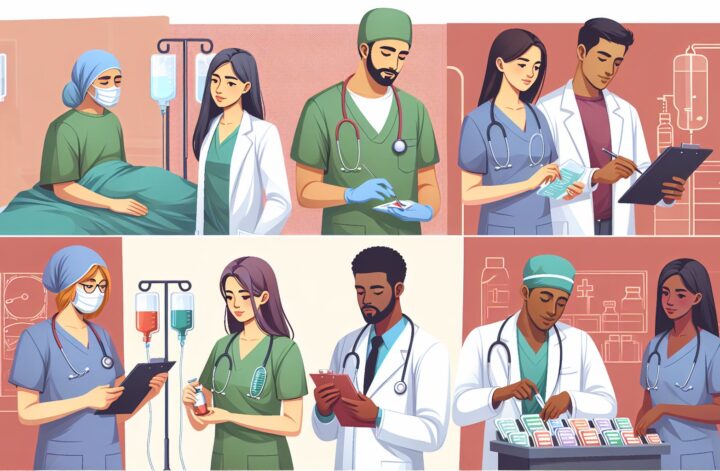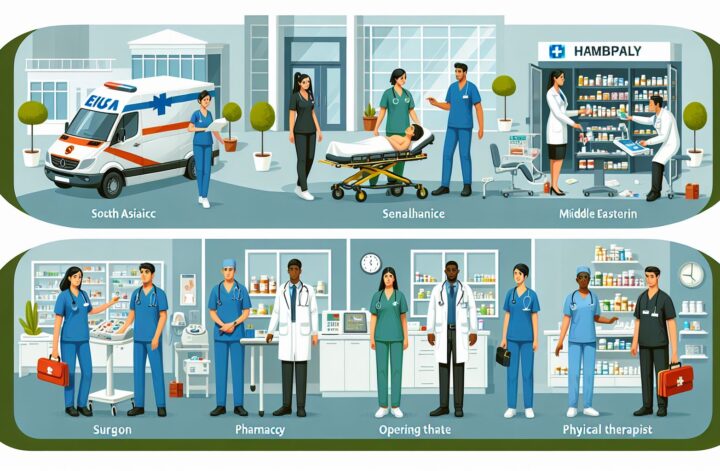Medical help comes in various forms depending on the nature and severity of a person’s health condition. Whether it’s a routine check-up or a critical emergency, understanding the different types of medical assistance available can help individuals make informed decisions about their healthcare. In this article, we will explore the various types of medical help and their respective purposes.
Primary Care
Primary care refers to routine, non-emergency medical assistance provided by general practitioners, family physicians, and internists. It involves regular check-ups, preventive care, and treatment of common illnesses. Primary care physicians (PCPs) act as a patient’s first point of contact for addressing their healthcare concerns. They can diagnose and treat common ailments, provide vaccinations, advise on lifestyle changes, and make referrals to specialists if needed. Regular primary care visits are crucial for maintaining overall health and preventing potential medical complications.
Specialist Care
When a medical condition requires expertise beyond the scope of primary care, individuals may require specialist care. Specialists possess advanced knowledge and training in specific areas of medicine, allowing them to focus on particular health conditions or body systems. Whether it’s a cardiovascular issue requiring a cardiologist, a skin condition needing a dermatologist, or an orthopedic problem necessitating the expertise of an orthopedic surgeon, specialist care focuses on diagnosing, treating, and managing conditions that demand specialized knowledge.
Emergency Care
Emergencies can strike at any moment, and that’s when emergency care becomes crucial. Emergency rooms (ER) are equipped to handle critical, life-threatening situations such as severe injuries, heart attacks, strokes, or uncontrollable bleeding. ER staff consists of skilled healthcare professionals who can quickly assess and stabilize patients in crisis. It’s important to note that emergency care should be sought only for genuine emergencies, as they often require extensive resources and may lead to significant costs.
Urgent Care
For conditions that require prompt medical attention but are not life-threatening, urgent care facilities offer an alternative to emergency rooms. Urgent care centers are equipped to provide immediate care for minor injuries, common illnesses, infections, and other non-life-threatening conditions that cannot wait for a scheduled primary care appointment. With extended hours and no appointment necessary, urgent care centers bridge the gap between primary care and emergency care, providing convenience and timely treatment.
Telemedicine
In recent years, the advent of technology has revolutionized the healthcare landscape, giving rise to telemedicine. Telemedicine allows patients to consult with healthcare providers remotely, via video calls or phone calls. It provides convenience, especially for non-emergency conditions that do not require a physical examination. Telemedicine consultations can be beneficial for receiving medical advice, follow-up care, prescription refills, or discussing minor health concerns without the need for an in-person visit.
Conclusion
Understanding the different types of medical help available can help individuals make appropriate healthcare choices. Primary care physicians form the foundation of routine healthcare, while specialist care caters to specific conditions requiring advanced expertise. Emergency care is vital in critical situations, while urgent care provides immediate attention for minor ailments. Telemedicine offers convenience and accessibility for remote consultations. By familiarizing ourselves with these various options, we can ensure timely and appropriate medical assistance for ourselves and our loved ones.




